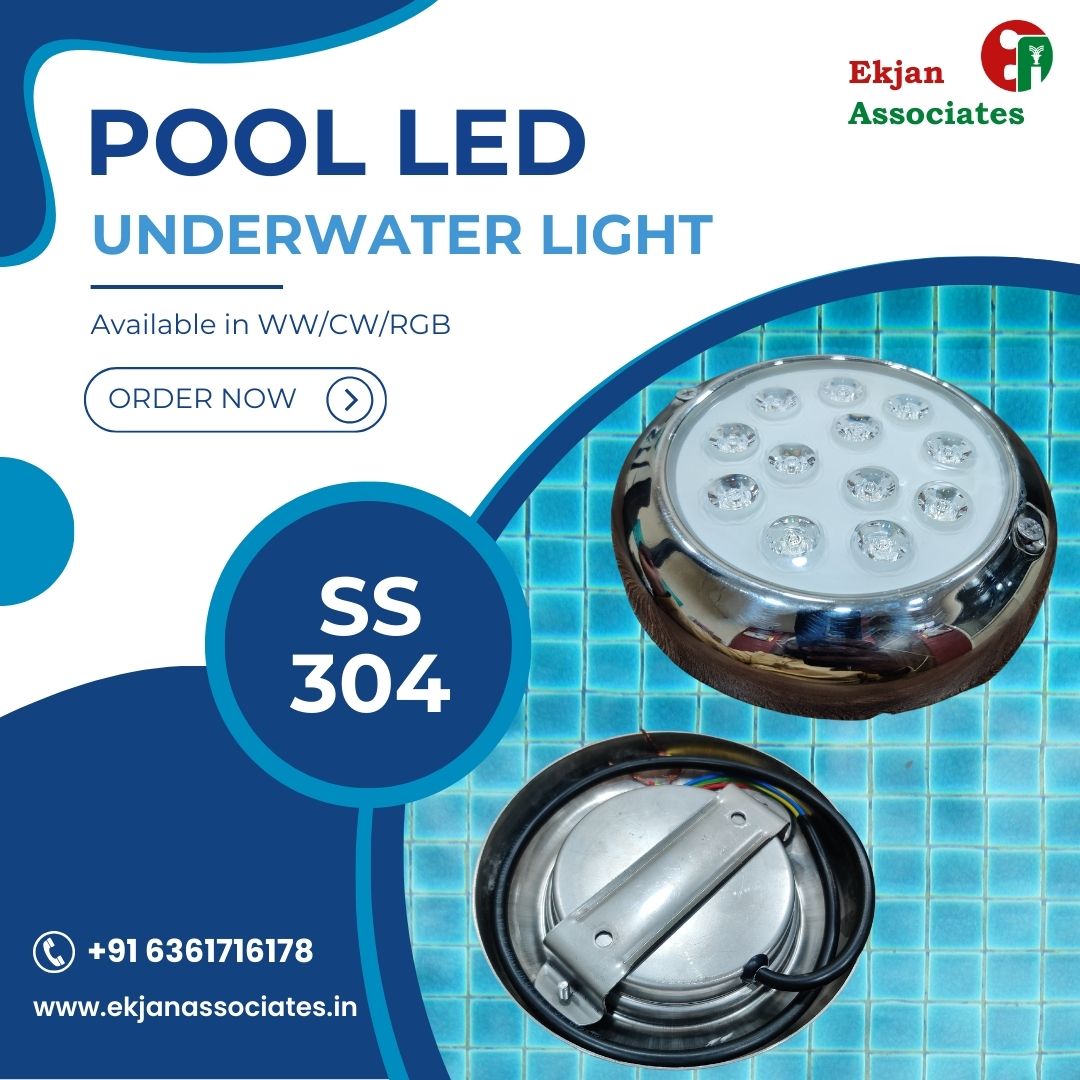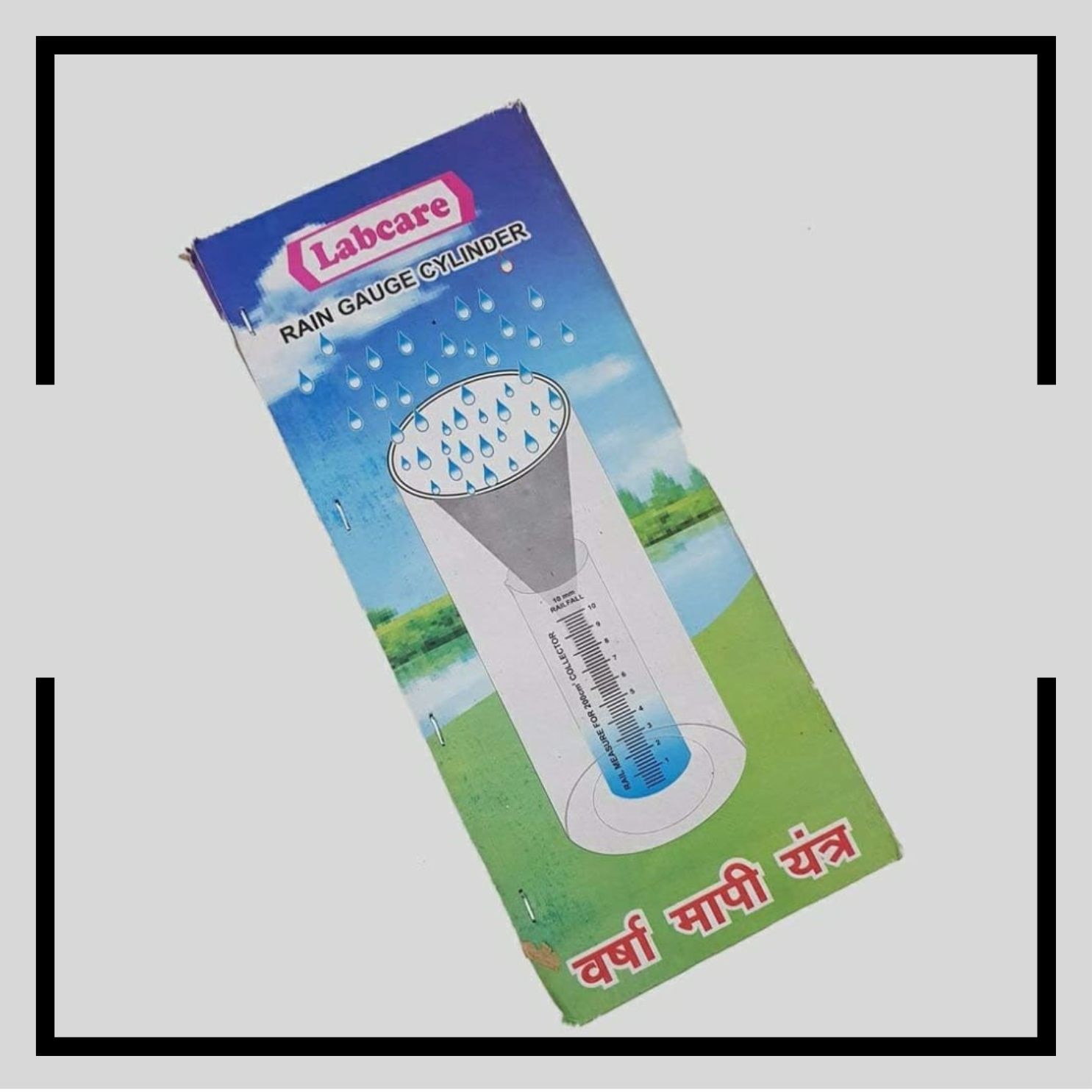Stainless steel (SS) 304 LED lights are a popular choice for lighting swimming pools. These lights are designed to be durable, corrosion-resistant, and long-lasting, making them well-suited for underwater use. Here are some key features and considerations for SS 304 LED lights used in swimming pools: Material and Corrosion Resistance: SS 304 is a type of stainless steel known for its corrosion resistance. It is an excellent choice for underwater applications in swimming pools, as it can withstand exposure to water and pool chemicals without rusting or corroding. LED Technology: LED lights are energy-efficient and long-lasting. They consume less electricity compared to traditional incandescent or halogen lights, which can lead to cost savings in the long run. LED lights are also available in various colors and can be used to create dynamic lighting effects. Waterproof Design: SS 304 LED pool lights are designed to be waterproof and sealed to prevent water from entering the housing. This ensures the safety of the electrical components and prevents water-related damage. Variety of Sizes and Styles: SS 304 LED pool lights are available in a variety of sizes and styles, allowing you to choose the ones that best fit your pool's design and lighting requirements. Installation: These lights are typically installed in niches or light fixtures embedded in the pool walls or floor. Proper installation is essential to ensure the lights are securely sealed and watertight. Control Options: Many SS 304 LED pool lights can be controlled using remote controls, mobile apps, or automated pool control systems. This enables you to change the lighting colors, brightness, and effects to create the desired ambiance. Safety Features: Look for lights with safety features such as overheat protection and low-voltage operation to minimize potential electrical hazards. Compatibility: Ensure that the SS 304 LED lights are compatible with your pool's electrical system and voltage requirements. Some lights are designed for 12-volt systems, while others are suitable for 120-volt systems. Maintenance: Regular maintenance is necessary to keep the lights and their seals in good condition. Cleaning, inspecting for damage, and replacing seals or bulbs when needed are essential maintenance tasks. Local Regulations: Comply with local regulations and safety codes when installing and maintaining pool lighting to ensure the safety of swimmers and the longevity of the lighting system. SS 304 LED lights for swimming pools are an excellent choice for both residential and commercial pool applications. They not only provide energy-efficient and vibrant lighting but also contribute to the overall aesthetics and ambiance of the pool area. Proper installation and maintenance are essential to ensure the longevity and safety of the lighting system.


